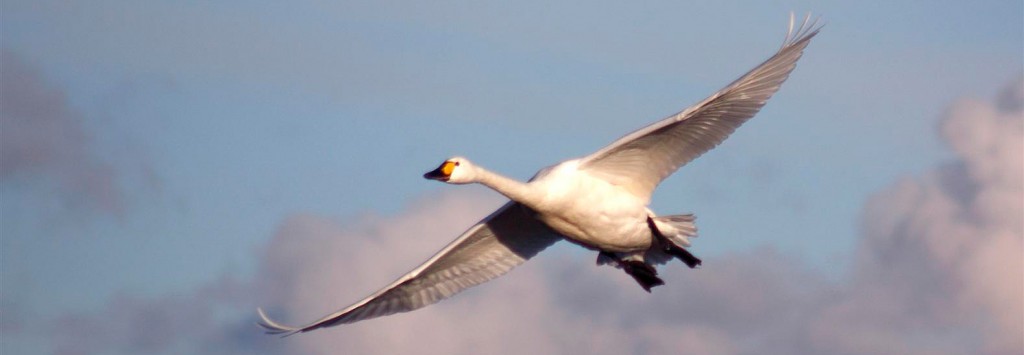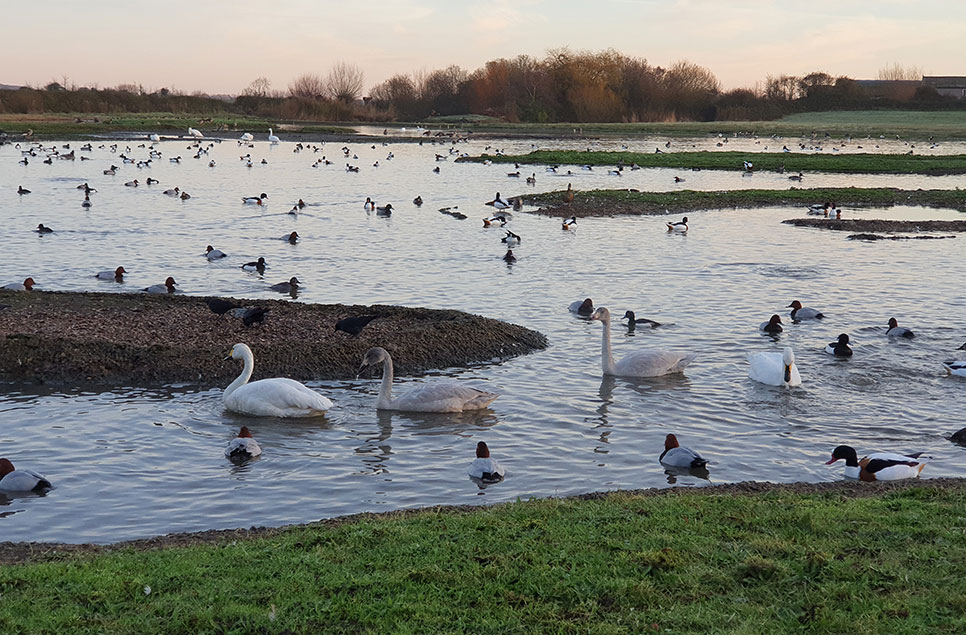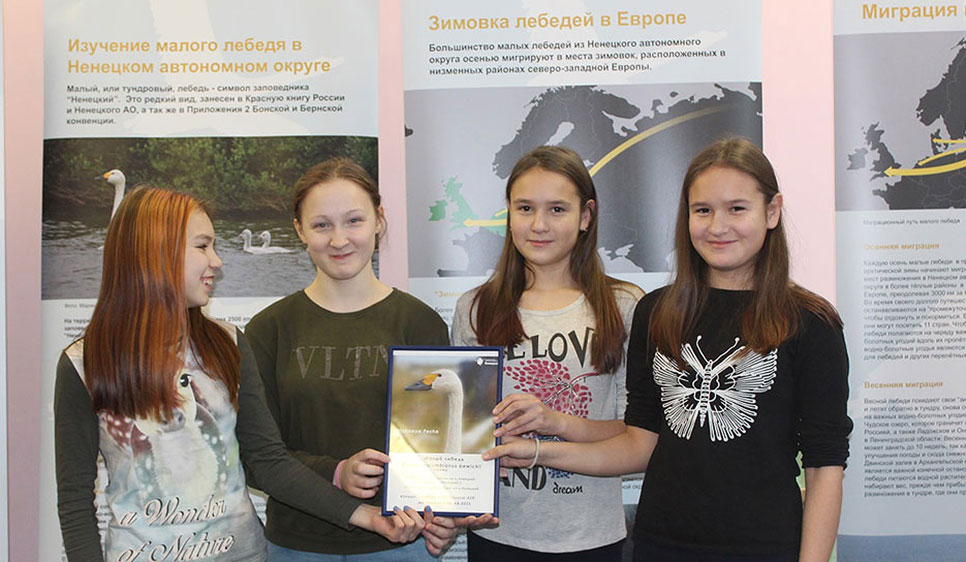Hope makes good progress!
We are very excited to bring you some news of Hope, one of our transmitter birds! Some of you may remember that Hope was caught on the Ouse Washes last winter and fitted with a light-weight satellite transmitter. We then followed her long journey back to the Russian arctic where she travelled through the Netherlands, Denmark, southern Sweden, Latvia and Estonia!
Over the summer, we were left wondering how she was doing as she moved to isolated areas on the tundra far out of signal range for our transmitters to communicate. Last night, Hope’s transmitter gave us the news that we were all hoping for - that she is alive and well and making good progress on migration! She is currently making her way down through Russia and is on course for the Baltic.
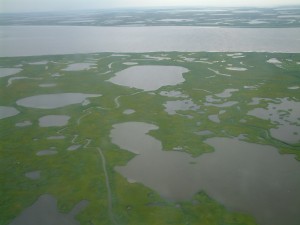
The summer is a critical time for the swans. As long-distant migrants that nest in the arctic, their migratory and reproductive cycles must be closely synchronised. Following arrival on the tundra in late May, there is a very short window of opportunity for the swans to utilise the food resources and for breeding pairs to consolidate their partnerships, build their nests and rear their young before the onset of the insufferable arctic winter. Poor weather conditions may hamper breeding success – late spring thaws can delay the onset of breeding and cold and wet weather during the summer months may reduce cygnet condition and survival.
At least one part of the swans Russian arctic breeding grounds encountered unusually cold and wet weather this summer which does not bode well (Yulia Leonova & Peter Humphrey). The Bewick’s swan has sadly suffered a string of poor breeding seasons over the last decade. Annual mid-winter age assessments co-ordinated by WWT and Dutch colleagues have found low numbers of cygnets reaching north-west European wintering sites in recent years. Last winter, only 13% of 12,000 swans surveyed across Europe were young.
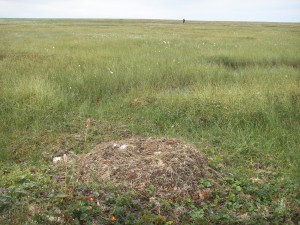
WWT and partners are working hard to determine whether suspected weather related issues are indeed causing poor breeding or whether there are other factors at play. Given that the population has declined by more than a third in the last 15 years, the swans are in desperate need of a good breeding season....As the swans and their families move into Europe this autumn, we will be keeping a close eye on the numbers of cygnets accompanying them.
Numbers are building up in Estonia and over 40 Bewick’s have now reached the Netherlands (Wim Tijsen) so it wont be long until we see our first white-feathered visitors on British shores...
